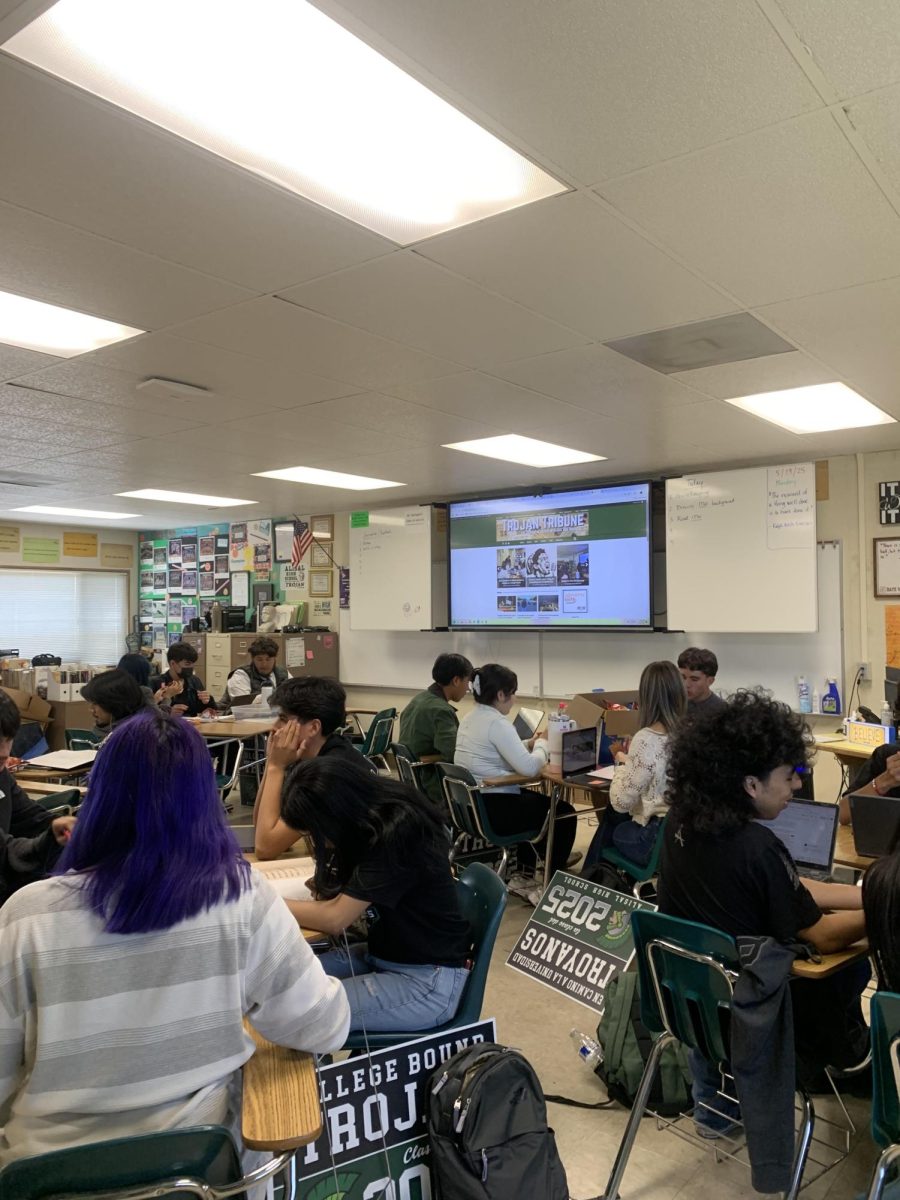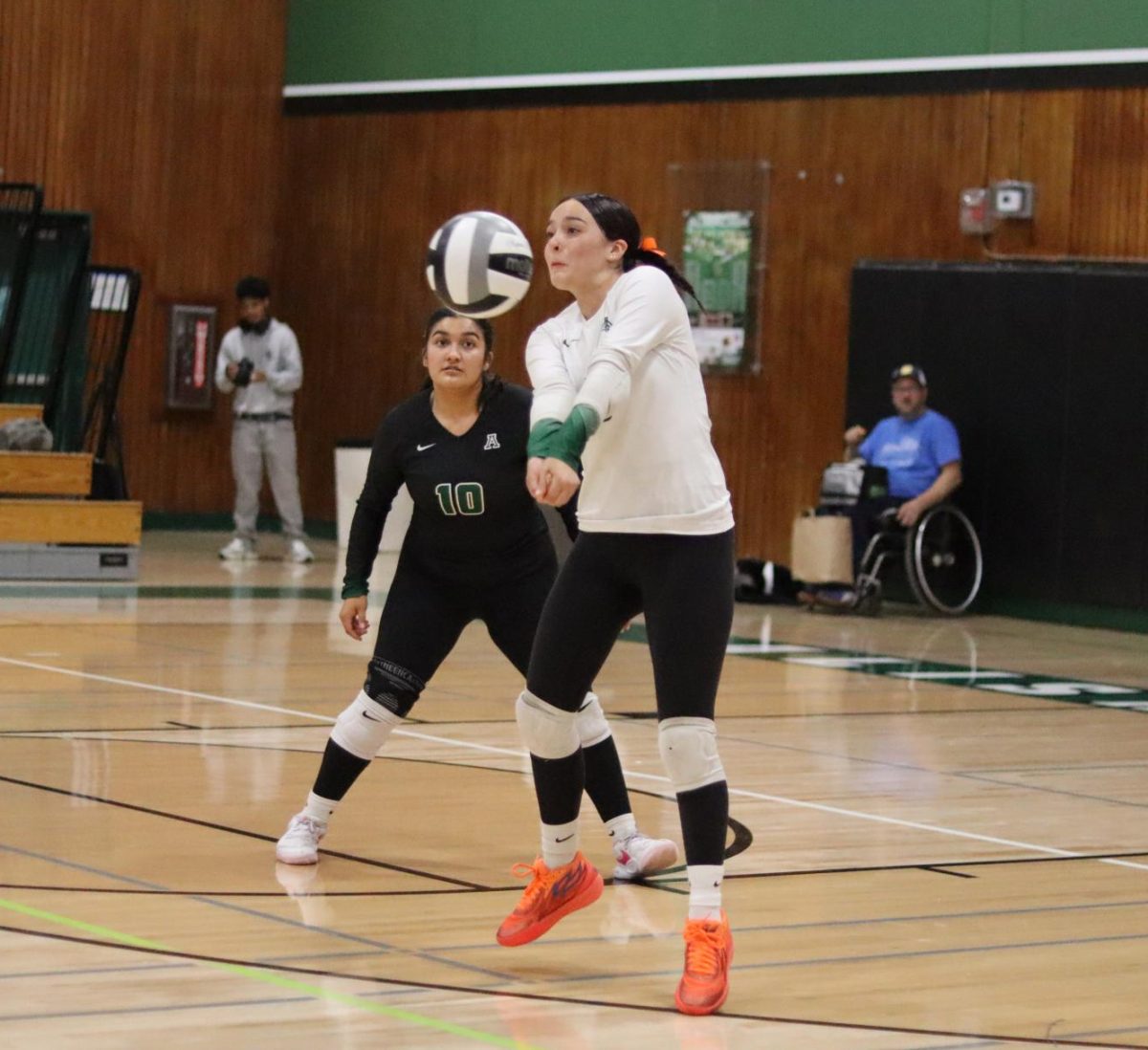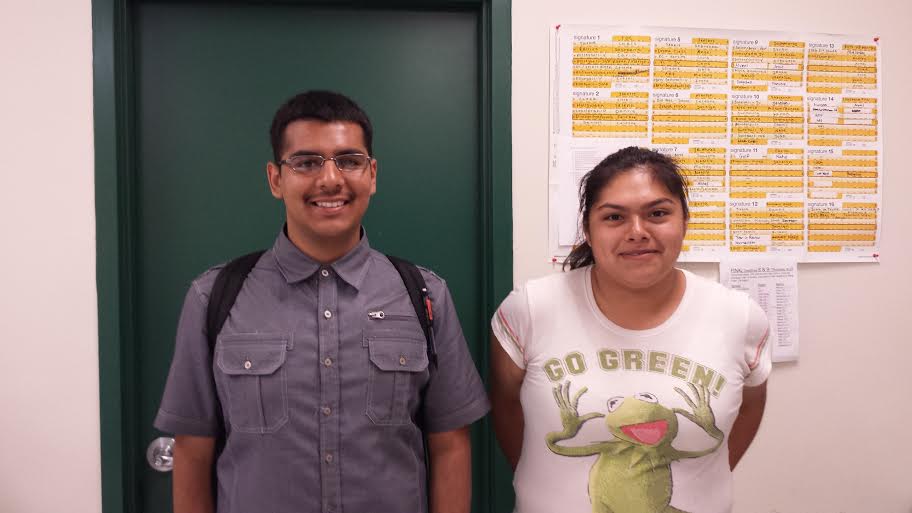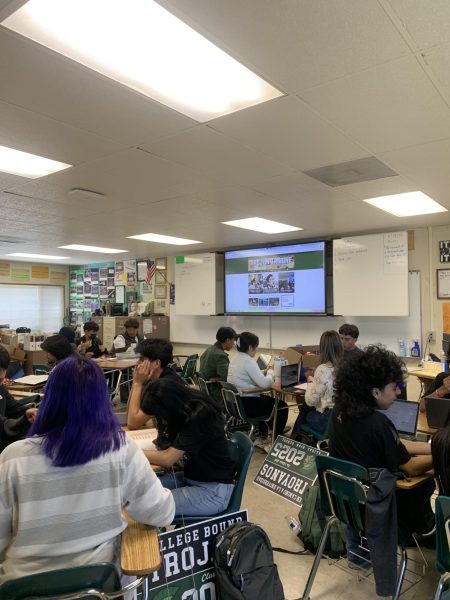Out With the Old and In With the New
For the past decade, California State Standards have directed Alisal to prepare for the CST (California Standardized Test). This year, however, California along with forty-three other states have adopted the new Common Core Standards and so a new test, the SBAC (Smarter Balanced Assessment Consortium), was created.
AlisalHigh School was the very first school in the district to field test the SBAC. Being the first school to implement this test gives us a huge jump start because it “allows us to start planning and refining the teaching and technology,” according to Assistant Principal Christina Parker. This means that the performance of the students is being analyzed by the State for when the test becomes official next year, and our student performance will set the bar for what’s considered acceptable.
While the SBAC is a standardized test like the CST, there are some differences. The math CST focused on each specific subject in math, such as Geometry, Algebra, and Math Analysis, and when all of those math courses are completed, students were required to take a summative test. The math SBAC, however, focuses on the new Common Core State Standards which “are on a higher level than the California Standards that the CST tested for. So the SBAC goes into greater depth,” according to math teacher Gary Golub. Golub feels these higher standards may prove to be very difficult to some students. “Some students who took the practice test this spring were shocked by the difficulty level and they were not used to the format,” an assumption that was proved by student opinions. According to junior Nathaniel Dalerio, “It’s definitely more difficult than the testing we’ve had before,” he says, “It’s definitely asking more of students, but it’s going to take some time for people to get used to it.” Junior student Elizabeth Perez said “I found it to be out of my comfort zone, I’m just used to using a pencil and paper.” Chris Monero, another junior student felt that, “Overall it was harder than the old test, I had to get used to typing and I’m not used to taking tests on the computer.”
The gap in difficulty however, can make a difference in the probability of success. “From my experience, a student who received proficient or advanced on a math CST would have no guarantee of success in college math. Even though it’s too early to tell about the SBAC, my feeling is that a student who got ‘enhanced command’ or ‘sufficient command’ on a SBAC might have an advantage,” said Golub.
For both the English and math portions, the new format was a different experience. “The SBAC has selected response items, constructed response items, and performance tasks. Selected response can be multiple choice, but more often the items have more than one item. Constructed response items may involve students creating a mathematical model. Some problems involve writing. Performance tasks often involve many skills,” said Golub. English teacher Mick Battaglini agreed. “Although I didn’t get to see the actual test, from what I saw on the practice questions there is going to be a steep learning curve. Luckily, the sophomore teachers have been working really hard to make sure next year’s juniors are ready.”
All of these different types of questions are far more diverse than the traditional bubbling-in multiple choice exam, ultimately aiding students in their future. The English SBAC and math SBAC are similar in the sense of variation, however only juniors were required to take the English one, while sophomores took the math, next year only juniors will be tested. “The new SBAC is much better at preparing students for college and life because the answers that students must create are organically created by the students based on analysis, synthesis, and evaluation which are all college and life skills,” says sophomore English teacher Alex Lanctot, “Students have to explain why and how they got their answers, not just pick one choice. On most of the questions, guessing does not even come into play.”
Many would assume the SBAC would have flaws due to the fact that it is administered via computer, it would even be expected that there would be an exceptionally high number of computer crashes or freezes, but in reality the numbers were almost imperceptible. “There were a few computer glitches, less than ten, but they weren’t our issues. It was due to the Smarter Balanced Website,” said Parker, “Over 90% of students in each grade level completed the assessment.” That’s an impressive number, especially considering the fact that it is our first year assigning the test. As for the amount of time we spent merely preparing for the SBAC, the importance in the role it played can not go unnoticed. “If we need to stop and take time and prepare, we need to own it,” says Parker, “It’s okay to go through that process. It’s the only way us as a school can prepare and be confident as we move forward. The standards and skills will be different, and we need to become comfortable teaching these skills.”
Transitioning towards the new Common Core Standards won’t be easy; it’ll require the contribution of the staff and the students. The transition to higher standards can not be emphasized enough regarding their benefit to students. “I think that [The Common Core Standards] will have a positive impact on our students’ futures and the face of education in the U.S. It won’t be a seamless transition, but I think it is for the best in the long run,” says Lanctot.
Your donation will support the student journalists of Alisal High School. Your contribution will allow us to purchase equipment and cover our annual website hosting costs.






![Senior Jayden Duarte dives across the goal line for one of his five touchdowns in a dominant 62-40 victory over Monterey. It has been a highly successful season for Duarte, and he credits his coaches for putting him in positions to succeed and make key plays. “The goal is to help wherever the coaches need me, receiver, running back, [and] DB,” he said.](https://alisaltrojantribune.com/wp-content/uploads/2025/10/IMG_3599-2-1200x800.jpg)





















